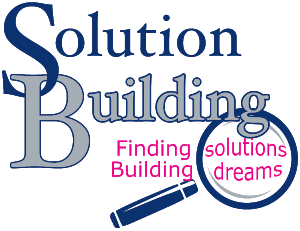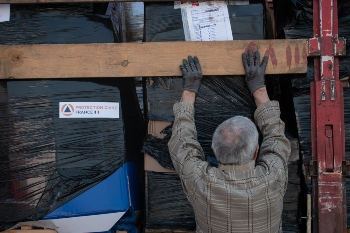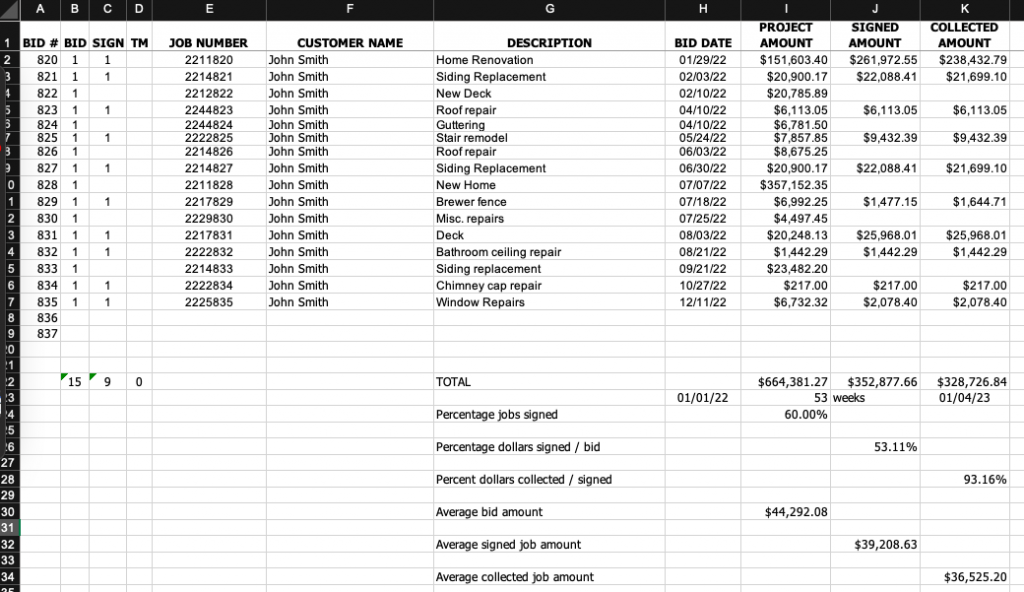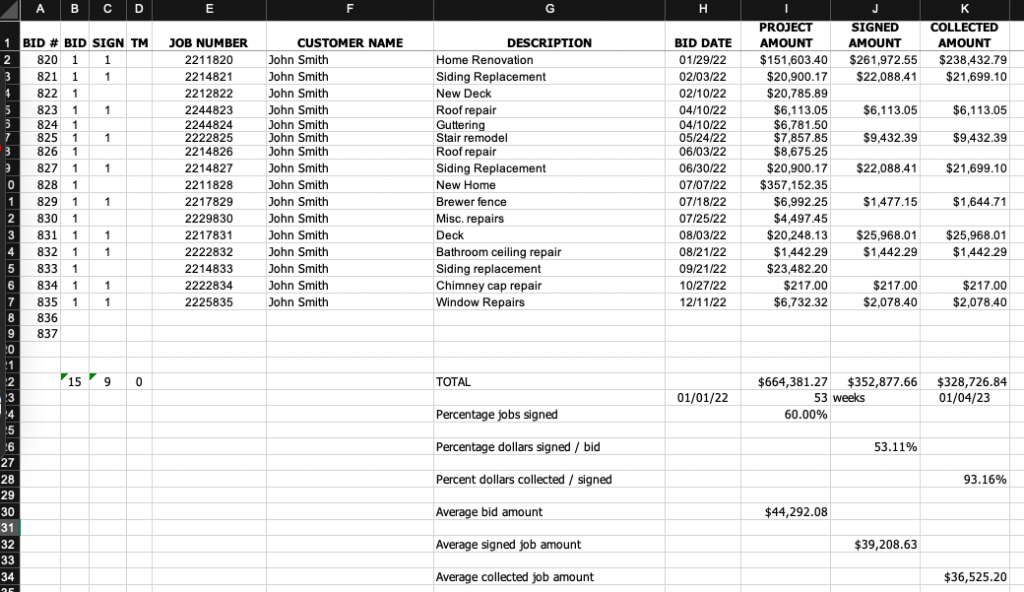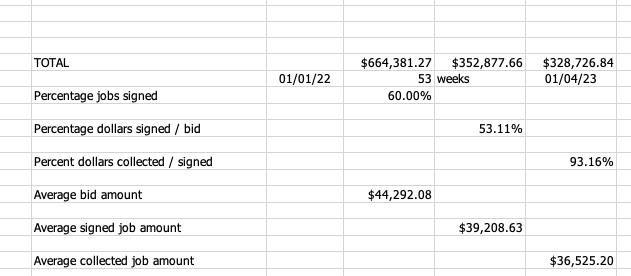Why Do We Find This Simple Act to be So Terrifying?
Most of us are uncomfortable in situations when we are surrounded by people that we don’t know. It can be hard to start a conversation with people in these kinds of circumstances.
I know that I find this hard. For me, I often feel like what I have to say isn’t important. My initial feelings are those of inadequacy. This discomfort then becomes my focus, and I’m not fully engaged. Then, afterwards I can’t remember much…including people’s names.
It’s easy to get caught up in what we think others think, but ultimately, it comes down to being comfortable with who we are.
In the story of the woman at the well, John 4:4-42, Jesus is traveling through Samaria, a country of people that the Jews did not get along with. This issue was serious enough that many times when going from Galilee to Judea, Jews would go around the country of Samaria rather than go through it.

Jesus was resting by a well in Samaria, when a Samaritan women came to draw some water. Jesus asked her if she would give him a drink. This surprised the women because…He was a Jew.
Their willingness to have this conversation and talk with each other led to her being saved, which led to many more Samaritans being saved…
Their willingness to have an open and honest conversation was life changing.
Some conversations are harder than others, especially when we’ve done something that causes damage or harm to others.
This is the story of Joe and Amy. In 1992, Joe Avila was driving drunk and hit and killed Amy Wall, a teenage girl. Joe fled the scene of the accident and was later arrested for second-degree murder. While in jail in the days that followed Joe was afraid, sad, and angry…he was looking for a way to kill himself.
Two lives were destroyed the night Joe Avila killed Amy Wall, but God wouldn’t let their story end there.

While preparing for his murder trial, Joe checked into a six-month sobriety program with the Salvation Army. It was there that, as Joe explains, God “put some people in my life who made me understand what reconciliation was and forgiveness was. “A few months into the program, he came to the decision that would impact him, his family, and the Wall family, too.
Although Joe expressed remorse and went to rehab, the judge still had little faith that Joe was saved from his alcoholism and sentenced him to 12 years.
For the next seven and a half years, Joe was incarcerated at California Men’s Colony in San Luis Obispo, California. Choosing to make the most of his life behind bars, Joe spent his time serving the prison’s hospice patients. Through Prison Fellowship Angel Tree, Joe was able to remain a presence in his daughters’ lives. And he served in the chapel, sharing the Gospel with his fellow prisoners—the highlight of his incarceration.
Not long after Joe’s release, his mentor called to say that Amy’s brother, Derek, wanted to meet with him. For years Joe had prayed that God would help him reconcile with Amy’s family. Even so, Joe was nervous about the meeting.
That first meeting with Derek was several hours long. Derek told Joe about all the things he and Amy used to do together, how much he loved her, and that he had thought Joe was a monster who should get the electric chair for what he had done.
But then Derek explained that his family had been following Joe’s progress behind bars. They knew he was trying to make his life better.

Joe told Derek something he had long wanted to say: “I’m really sorry for what I’ve done, and I hope that someday you can forgive me.”
Later, Joe’s mentor called again. This time, Rick Wall, Amy’s father, wanted to see Joe. During that meeting, something miraculous occurred.
Rick told Joe about the two days a year when he visits Amy’s grave—on her birthday and the anniversary of her death. And then Rick said, “Joe, I know what you’ve been doing for a long time now, even when you were in prison, and I approve of it.”
Joe’s prayers for reconciliation were being answered. “Rick Wall, Amy’s father, forgave me before I even asked him to forgive me,” Joe says.
You want to talk about a hard conversation. Most of us will never experience these kinds of hard conversations. In both situations there was open honesty and forgiveness.
We need to remember that God made us in His image, and God doesn’t make mistakes. It’s up to us to believe in ourselves.

If the Samaritan woman at the well and Joe Avila can have hard conversations like this…we can too.
